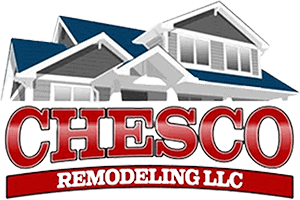When roof damage occurs, putting a tarp over the damaged area is a good move. Tarping is one of the most efficient means of protecting your roof until a professional roofing contractor can correct the issue. But why should you tarp, when should you do it, and what are the benefits of having a professional complete the task?
Why Tarp Your Roof?
There are two primary reasons to put a tarp on your roof. The first is that it protects you from additional damage. Placing a tarp over the damage can:
- Protect areas around the damage of your roof, possibly reducing repair costs.
- Protect ceilings, drywall, and other structures inside the home.
- Prevent mold before it occurs or worsens.
- Be covered by your insurance company in certain situations.
The second reason to tarp your roof is that your insurance company may require it. If you are hoping to have the damage to your roof covered under your insurance policy, they will most likely require you to mitigate damage. This means it’s your job to make sure it doesn’t get any worse before your roofing professional repairs the damage. A failure to mitigate may lead to a denial of your claim. The good news is that because the insurance company requires it, they will often cover the costs of having a professional do it.
When Should You Tarp Your Roof?
Getting your roof tarped can be a big job, so when should you have it done? The simple answer is as soon as you notice damage to your ceiling. Damage may appear in the form of:
- A wet area or dark spot on your ceiling – the precursor to a greater damage
- Windstorm damage, like missing or curled shingles, or a compromise in the roof structure
- Hail damage that leaves large dents in your roof texture
These are all indications that your roof has been compromised and needs to be protected until you can have a construction roofing specialist repair it.
Why Should You Have a Professional Do It?
The most important reason to have a professional tarp your roof is personal safety. Being on a roof that is compromised is dangerous, even when you’re a professional. A storm-damaged roof may have weaknesses that you cannot see. One missed step could damage both your roof and you.
Additionally, roofing professionals are trained in knowing the full extent of the damage. Leaks may appear in one area of your ceiling but be related to damage in another area of your roof. Professionals know what areas are truly compromised and exactly how large your tarp needs to be. They also know the best ways to adhere the tarp to your roof (hint: it’s probably not sandbags).
If you need a tarp on your roof, give us a call at (443)-710-9133! For other tips and information you should know about your roof visit our blog tab located on our Chesco website!
